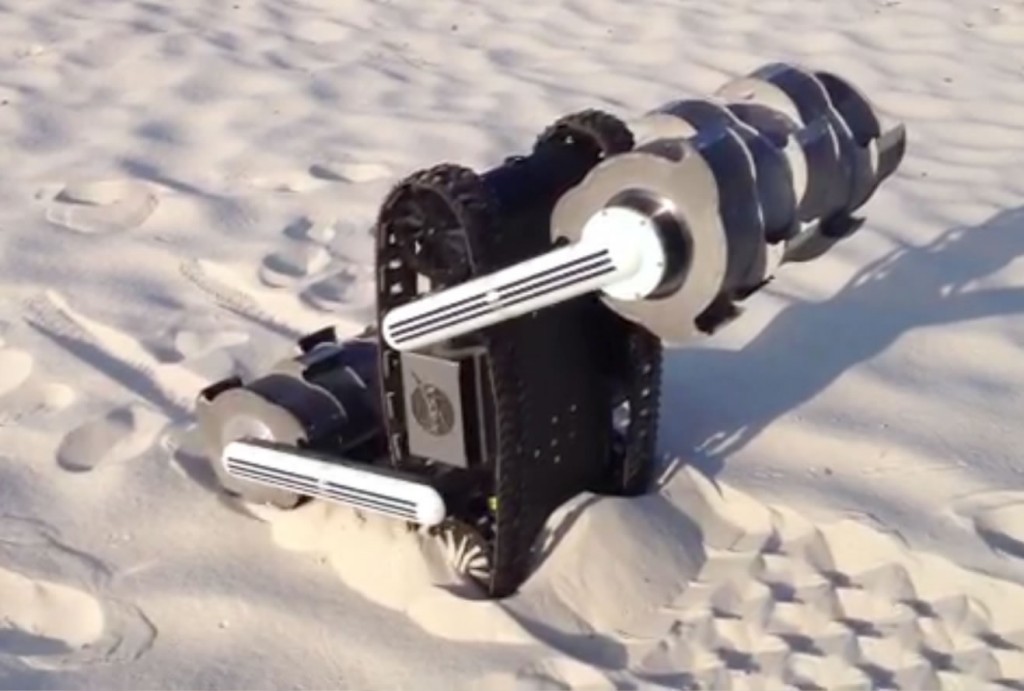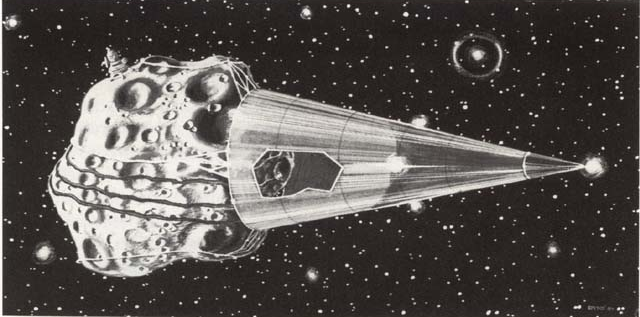We are living in an awesome generation, the first one that will mine space! Some companies want to mine the Moon. Others want to mine asteroids. Here’s a brief survey of the Who and the Where.
At the most recent count, I found eight companies with a focus on space mining. They are at various stages: seeking capital, developing technologies, and planning missions. These companies have similar visions for the long-term: robust human civilization in space. To do this, they plan to initiate an industry that utilizes the resources of space. That’s the key, because launching out of a planet’s gravity field is expensive and dangerous. If we ever want civilization beyond the Earth, we need to avoid launching everything from Earth.
To accomplish their goal, these companies that plan to mine space will need some profit in the near term: to support their families and to raise capital toward the big vision. They have different strategies to do this. Four of them plan to mine the Moon, and four plan to mine asteroids. At least three have discussed mining metals like platinum to sell down here on the Earth. Others have discussed mining water, splitting it into hydrogen and oxygen, and selling it to other space-faring entities as rocket propellant so they can boost satellites into higher orbits or send humans on missions to Mars, for example. Both of these mining products, metal and water, can be obtained by mining the Moon or by mining an asteroid.
Already some of the companies have discussed plans to manufacture things in space like communication satellites that are bigger and have greater capacity than anything we could fit onto a rocket launched from Earth. The metals and other materials they mine in space would therefore not be sold on Earth. In this Information Age, beaming the data alone is a very lucrative business. And some have discussed plans to build giant solar power plants that will beam energy to Earth. These general strategies were discussed in an earlier post, “How Do You Make Money in Space?”
So here is a summary of the companies I found that plan to mine space. The nearer-term strategies listed here are according to on-line resources. I am sure they all plan to do more than this, and I will update the table as I find out more. My hope is that by providing this brief overview the world will see that this is an active and growing sector because bright minds are realizing the time is now to mine space.
| Company | Target Body | Nearer-Term Product |
|---|---|---|
| Moon Express | Moon | Metal |
| Shackleton Energy Company | Moon | Water |
| Astrobotic Technology | Moon | Water |
| Shimizu Corporation | Moon | Manufacturing |
| Shamayan Innovation Partnerships | Asteroids | Metal |
| Planetary Resources | Asteroids | Water & Metal |
| Deep Space Industries | Asteroids | Water & Manufacturing |
| Stott Space | Asteroids | Manufacturing |
To this list we could add SpaceX, because they plan to have Mars colonies, which implies they will need to obtain resources on Mars. Also, there are many companies that plan to directly support these space mining companies with other in-space services. I love the vision of all these companies!
(Please note: these posts are completely my own private musings and do not represent the views of any organization, including my employer.)



[…] start-ups. Dr. Philip Metzger, a NASA physicist/planetary scientist, has recently posted about recent space mining activity on his blog. Perhaps if these technologies were more mature WORMWOOD could be redirected after […]
[…] Several space mining companies plan to mine asteroids, and they want to bring back to Earth either the entire asteroid or just the part that they mined from it. Either way, obtaining resources in space will be revolutionary for exploration and for the advancement of human civilization into space, so bringing back an asteroid for the first time may well be one of those special moments in human history that we never forget. […]
[…] Space mining is critically important to the future of human civilization. This series of posts discusses the best type of asteroid to bring back to Earth to mine. The previous post (Part 1) discussed why the asteroids formed near Jupiter and why their chemistry is different than the chemistry of Earth. This post (part 2) will now explain why there are such different types of asteroids. […]
Why do the drums look so heavy on this machine? we need some octopus style legs to help pull a lighter cheaper version, just my opinion.
Hi RIchard! We now have a carbon composite drum instead of the metal drum shown in the picture, so it is already lighter. But this is an engineering test unit so it is not made from fully flight-like materials, anyhow. That’s a cool idea about putting octopus legs on it. Have you seen ATHLETE, the six-legged rover built by NASA/JPL?